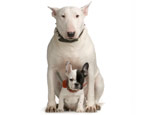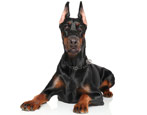Medellian dog: history of the breed
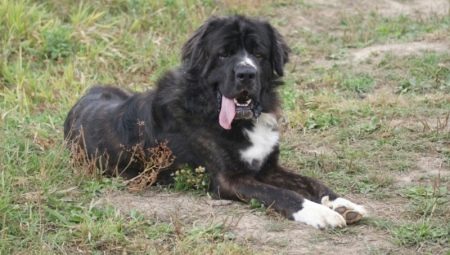
Hunting is one of the most common hobbies of the nobility. Hound hunting was especially attractive. Each aristocrat kept a kennel with dogs trained to hunt different types of animals. They did not shy away from such fun in Russia either. There were special dogs trained to drive elk, tur, bison (the so-called horse dogs), there were Russian greyhounds, hounds. But, besides them, there was another primordially Russian breed of hunting dogs, capable of overwhelming a bear or a bull - the Medelyan dog.
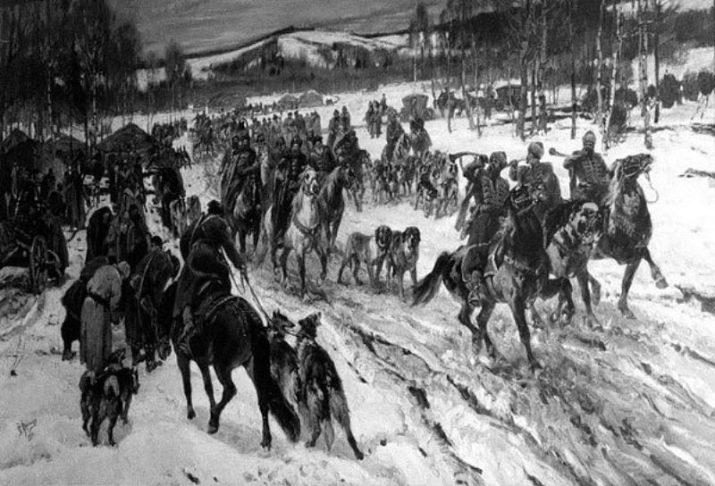
History of the breed
The past of the Medellian dog is full of unsolved mysteries. No one knows for certain who is the ancestor of the breed of the largest hunting dogs. There are several versions of the origin of the breed.
According to the "New Encyclopedic Dictionary" Brockhaus and Efron, the ancestors of the Medellians are considered immigrants from Assyria and Egypt, taken by Roman soldiers first to Greece, and then to the Eurasian continent.
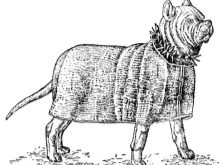
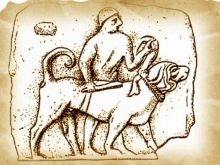
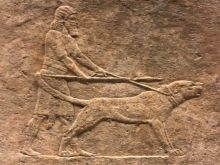
The famous 19th century veterinarian Ludwig Busse, who describes Medellian in his book "The Dog in its Main and Secondary Breeds", believed that the famous Russian dog belongs to the original British breed brought to the mainland in the 2nd century by the Roman conquerors. Presumably confirmation of this version is the name of the breed "Medelyanskaya", that is came from Mediolana (the old name of Milan).
But in Italy, there is no mention of this or a breed of dog similar to the Medellians, just as their representatives do not exist. But in those days everyone recognized the Medelyan dog as a primordially Russian, very valuable breed.

The Russian zoologist Leonid Sabaneev believed that the Medellians were Russianized ancient Greek molossians - the masculine descendants of fighting and pickling dogs.
According to another version, the history of the Medellians began in pre-Mongol Rus. The mastiff-like dogs that came to the Russian princes from the Italian lands interbred uncontrollably with the aboriginal wolf-like dogs used in the hunt for large animals. As a result, several lines of dogs have gone, having adopted different traits from their ancestors.
Since there was no control over the crossing of animals with free maintenance, the rules of natural selection were in effect, when large dogs could cover only large females. As a result, it turned out a breed of very large dogs, which later became the pride of Russian dog breeding.
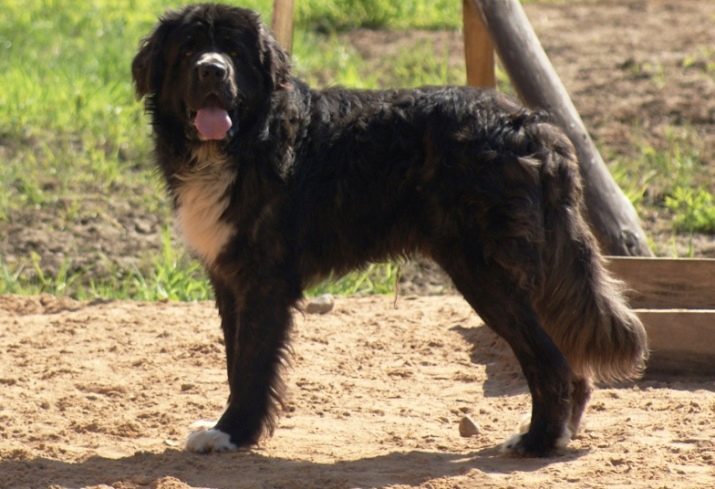
Some dog handlers believe that the reason for the appearance of the breed was the change in climatic living conditions for the ancestors. Short-haired molossians, having replaced the warm climate of the Mediterranean with the cold Russian lands, have acquired a thick warm fur coat for several generations that can withstand severe frosty winters.
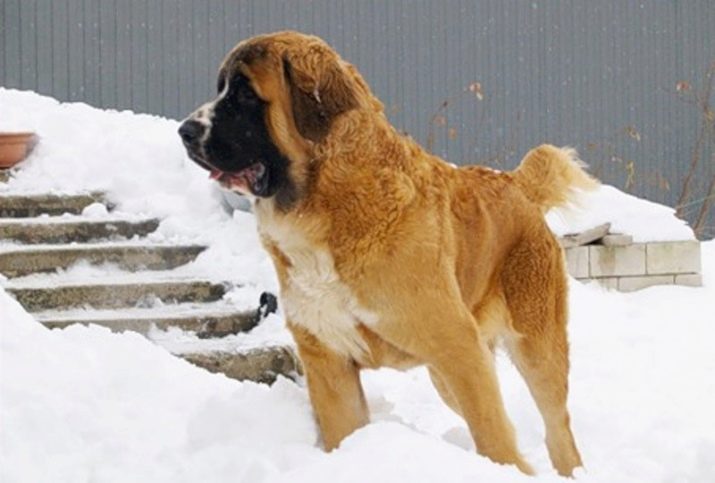
The Medellan dog was kept by the kings and the highest nobility, it was presented to foreign monarchs. The price of a dog trained for an animal was rather big. There is evidence of the purchase of Medelyan dogs for the royal hunting in 1833 at a price of 100 rubles and 320 rubles per individual, which is comparable to the price of an expensive thoroughbred horse.
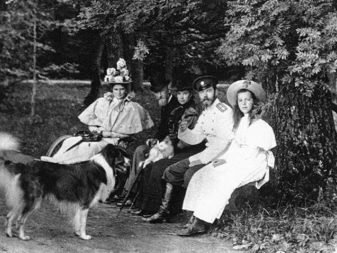
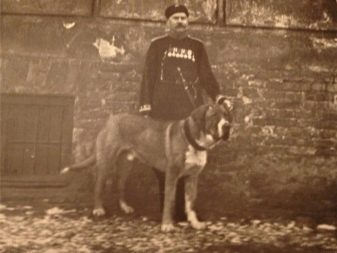
Until the middle of the 19th century, Medelyans were used for baiting a large game, being a picking dog, but with the ban on such hunting, keeping Medelyans became too expensive for many landowners, and the breed began to fade away. The breed finally ceased to exist after the Great October Revolution, when in the process of the formation of a new state system there was no time for dogs. Subsequently, attempts were made to save the endangered breed by crossing the Medellians with short-haired St. Bernards or Mastiffs.
But with the outbreak of World War II, all attempts were stopped, and the Medellian breed of dogs ceased to exist.
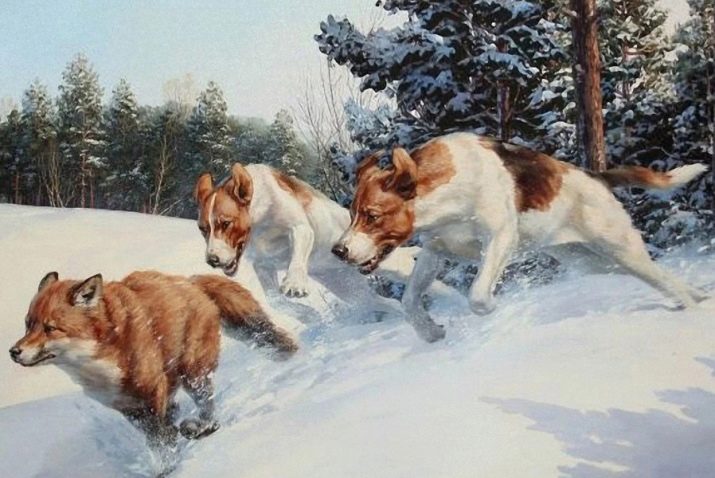
Mentioned Medelyanskaya dog in their works and such famous writers as A. Tolstoy, F. Dostoevsky or A. Kuprin. Kuprin has a story written on behalf of a Medelyan dog named Sapsan, the writer's personal dog. In this work, the author suggests that initially the name of the breed sounded like "week", since the hunts were carried out once a week, but gradually the pronunciation changed to "Medelyan".
Today, only historians who are fond of dog breeding remember the famous Russian breed of hunting dogs.
External data
The famous Medelyan dog at one time had an impressive appearance, with a muzzle resembling a bulldog.
- According to the description compiled by V. Priklonsky, Medelyan had a huge head with a wide forehead and an elephant-like nape. Strong wrinkles are visible on the face and forehead. Short, flattened muzzle with large flews.
- The eyes of the dog had a bloody white, and the iris, depending on the color, was light yellow in light dogs or dark in other colors. The drooping eyebrows gave the dog a formidable look.
- Low-set ears of medium size with drooping tips fitted snugly to the skull.
- The body was long, with a broad, powerful back, deep chest and strong rump.
- The front and hind legs are of medium length and wide apart.
- The low set tail never went up high. In a calm state, the tail is lowered, when excited, the tail is slightly raised.
- The skeleton of the dog was distinguished by its strength and massiveness, which is why the appearance of the dog breathed indescribable power.
- The coat is short, dense, with a dense undercoat. Any color was allowed, but in preference there was a "wolf" color. White markings were allowed for any color.
- High (up to 90 cm at the withers) and long (up to 125 cm from nose to tail), an adult weighed up to 120 kg. Moreover, the growth of the dog was achieved not due to the length of the legs, but due to the overall size.
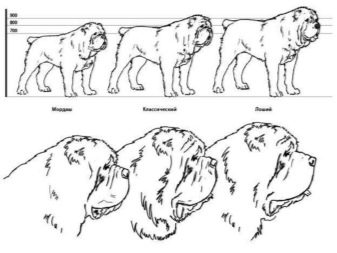
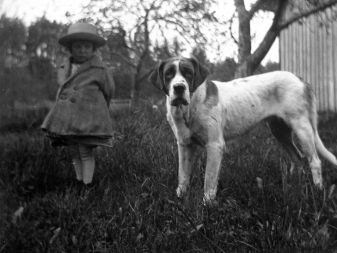
Unfortunately, descriptions of what the Mordash puppy looked like - one of the names of Medelyan - has not survived.
Characteristics of the breed
The pickling dog, despite its intimidating appearance, had a gentle character. The strength that he possessed made it possible to overwhelm the bull with one blow and go one on one with the bear. True, only the largest representatives of the breed possessed such power, and individuals of medium size attacked in a group of three pieces.
According to eyewitnesses, the dog had intelligence and common sense. Accustomed to walking on a wild animal, she never touched small pets, if they did not annoy her strongly enough. The large dog did not have great mobility and speed of hounds, but it was distinguished by tirelessness.
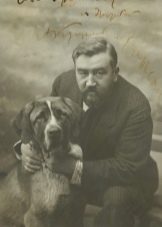
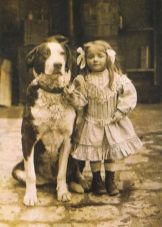

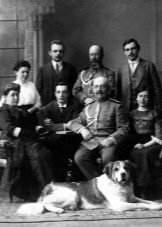
The Medellians were distinguished by their special devotion to their owners. A case was recorded when a dog named Rover, accompanying a military man, helped to catch the robbers who killed the owner. The dog lifted one of the attackers, and drove two of them into a tree, where they sat until the arrival of the gendarmes, whose attention was attracted by the Rover when they passed by. Moreover, the dog seemed to understand what was required of it, and behaved calmly, angry only at the robbers. Her behavior was accepted by the court as evidence and the perpetrators were punished.

For how a modern Medellian dog looks like, see the next video.






